José Alves, of the University of Aveiro, raises forceful criticisms of the Environmental Impact Assessment related to the Montijo airport, and the way in which the process is developing. Wilder spoke with this specialist in the study of birds.
For 15 years this researcher, from the Centre for Marine and Environmental Studies at the University of Aveiro (UA), where he is also a lecturer in the Department of Biology, has studied migratory birds in the Tagus Estuary, as well as in the Arctic and West Africa.
In a personal submission to the Portuguese Environment Agency (APA) during the public consultation on the Environmental Impact Assessment (EIA), José Alves emphasised that “the evaluation of the project’s impacts on the estuary’s avifauna is highly deficient and in some places erroneous.”
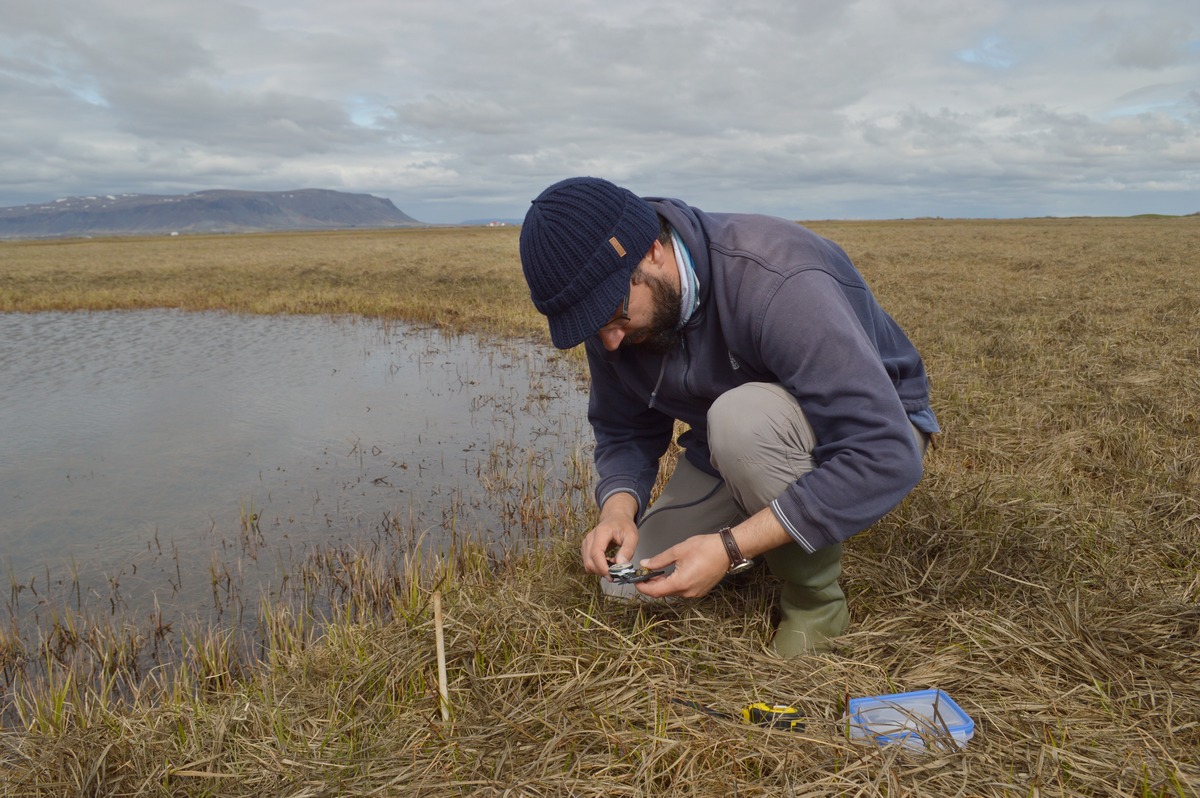
For this reason, he contends, the EIA emitted by APA ought to “render inviable the execution of the project in question” and not propose that it be favourably approved with conditions, as was announced last week.
Here are three of the various errors and deficiencies noted by this specialist in the document published by APA last July:
- The impact of the new airport’s construction is considered only locally
The EIA asserts that the spatial extent of the airport’s impact is merely local, as its effects would be circumscribed by the area of the Tagus Estuary. This is “inadequate”, since the effects on migratory birds “will have repercussions throughout the East Atlantic flyway,” writes José Alves in his submission.
Examples? The Black-tailed Godwit (Limosa limosa) is one of the species which the researcher has studied the most. The habits of this and other species in the estuary are well known to scientists, who follow their movements with remote tracking devices.
It is estimated that, between January and February, the Tagus Estuary is used as shelter and a source of food by around 50,000 Black-tailed Godwits, a large proportion of which stay for the whole winter. These shorebirds also frequent other parts of Europe and even West Africa.
Following various studies, it is now known that this species is split into two populations in the largest Portuguese estuary. “One of these groups of shorebirds, estimated as between 10,000 and 15,000 birds, breeds in Iceland. After leaving the Tagus Estuary, they pass through the Netherlands while others opt for the United Kingdom,” but Iceland is the final destination. Later, they return to Portugal.
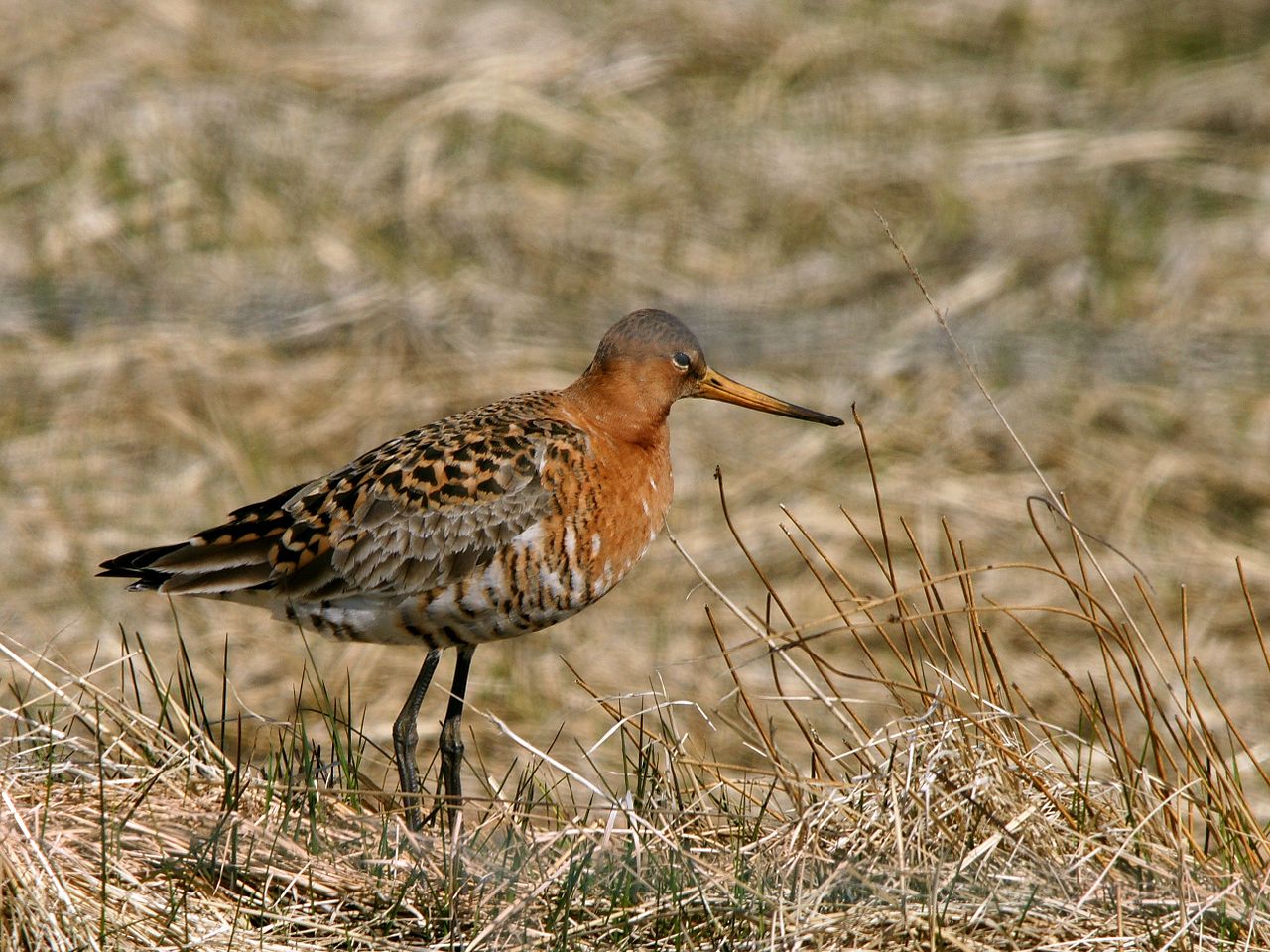
However the second group of shorebirds, of around 35,000 to 40,000 individuals, breeds in Central Europe: Germany, the Netherlands, Belgium, Denmark, Poland. Many of the birds from this group spend the whole winter in the Tagus Estuary, but “some prefer to winter in West Africa (Senegal, Gambia, Guinea-Bissau), and stop in the Portuguese estuary to refuel in January and February,” on the way to their nesting sites.
All these shorebirds are an example of the importance of the estuary for migratory birds, which with the new airport “could be unable to refuel sufficiently during their migratory stopovers, ending up unable to reach their destinations,” notes the Portuguese researcher.
“At the international level, in terms of total numbers of wintering shorebirds, the Tagus Estuary holds second place in the context of Iberia and occupies the 12th spot in the whole of the East Atlantic flyway, occupying a strategic position that is fundamentally important for the birds that use it,” he points out in his submission delivered to APA.
In response to Wilder, he highlights various examples of this importance: the wintering populations of Black-tailed Godwits (about 50,000 birds), Dunlin (about 12,000), Avocet (about 6,000) and Grey Plover (about 2,000).
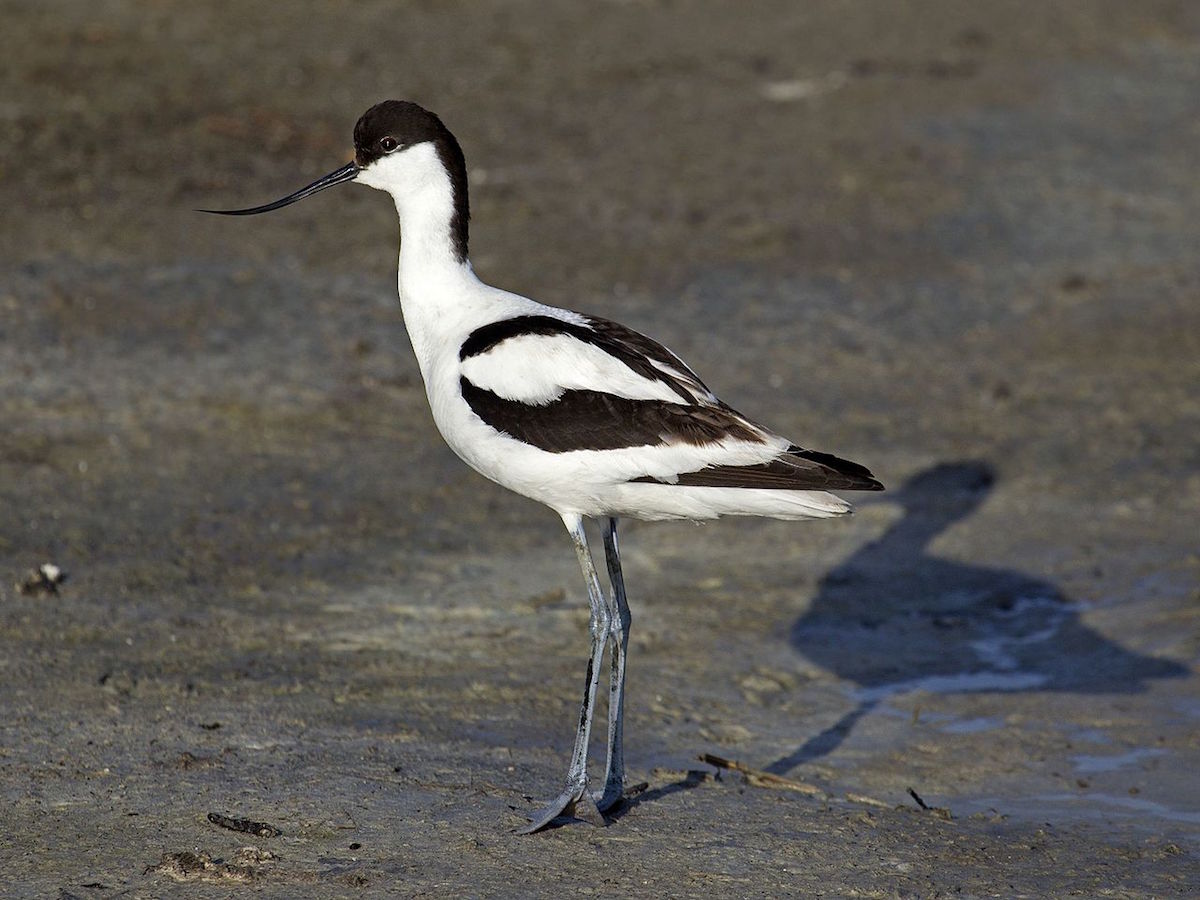
As well as shorebirds, which are generally associated with wetlands such as estuaries, Anatidae (web-footed birds, such as ducks) also have an important presence here. Considering only Greylag Geese, Wigeon and Teal, it is estimated that these three species add up to a total of 18,500 birds in the estuary in winter.
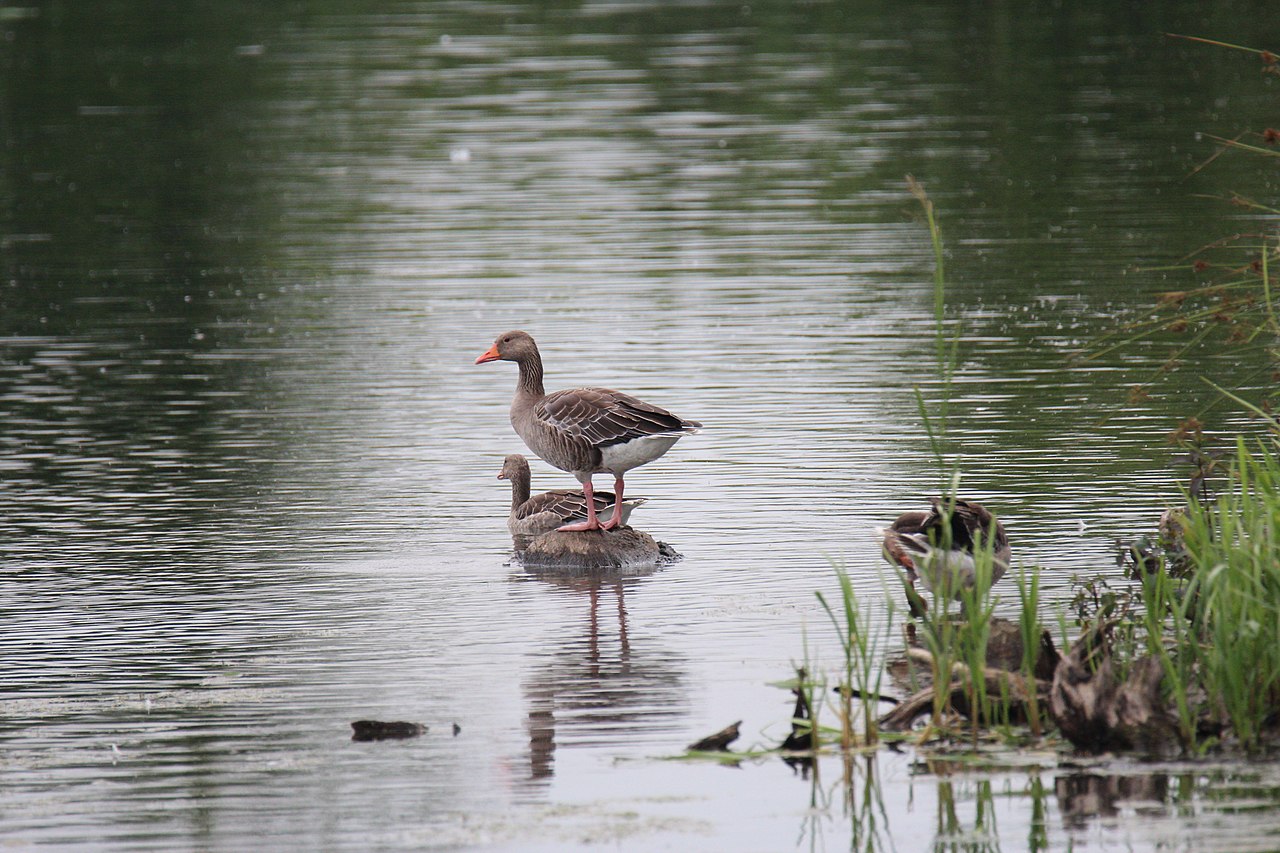
Furthermore, the area of the Tagus Estuary is classified as a national reserve and as a Special Protection Area for birds (SPA), forming part of the EU’s Natura 2000 network. “The area of the Montijo Airport’s footprint is in contact with the limits of the SPA, and the proposed routes for aeroplanes’ take-off and approach crosses both protected areas,” warns José Alves.
- Lack of data and fieldwork about the estuary’s birdlife
The lecturer also criticises that the EIA did not include data-collection on the ground, in order to verify and update information about birds in the estuary. At stake is the importance and location of roosting sites and feeding areas close to the proposed site of the new airport.
In fact, the data referred to in the document were collected in scientific studies performed 10 to 15 years ago, and are limited to a small number of species, he points out. In terms of the present day, “there was no collection of any data about the distribution and effective number of birds inhabiting the Tagus Estuary”
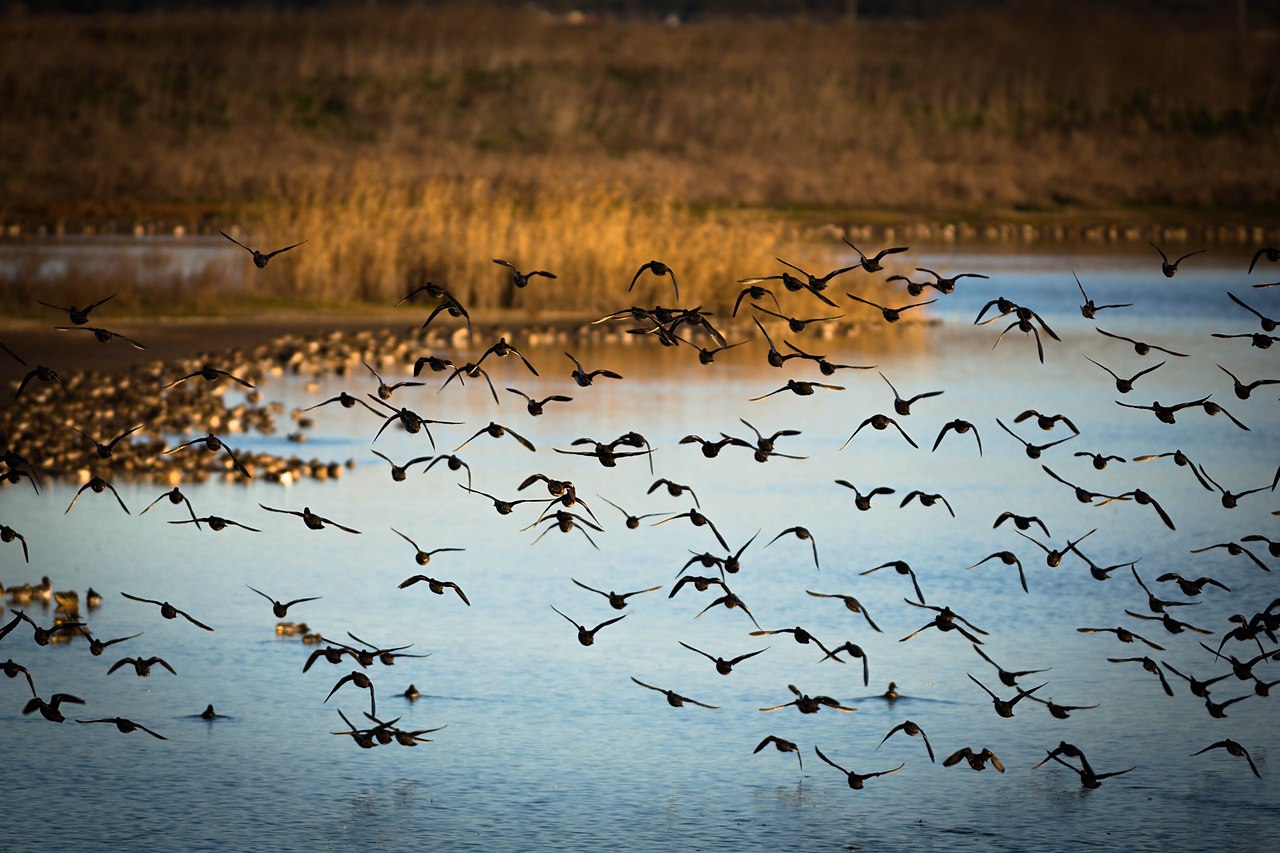
It is known that today, for example, the Black-tailed Godwits “use on a daily basis, following the rhythm of the tides, the estuarine areas surrounding the air force base at Montijo – where the new airport is proposed – especially during the period of September to December.” Some of these birds move in January to the rice fields of Lezíria, “where they will be affected by the routes proposed in the EIA for take-off and landing of aircraft,” notes José Alves in conversation with Wilder. Another case is that of Spoonbills, “where it is clear that they fly over the site proposed for the airport when they move between feeding and roosting areas.”
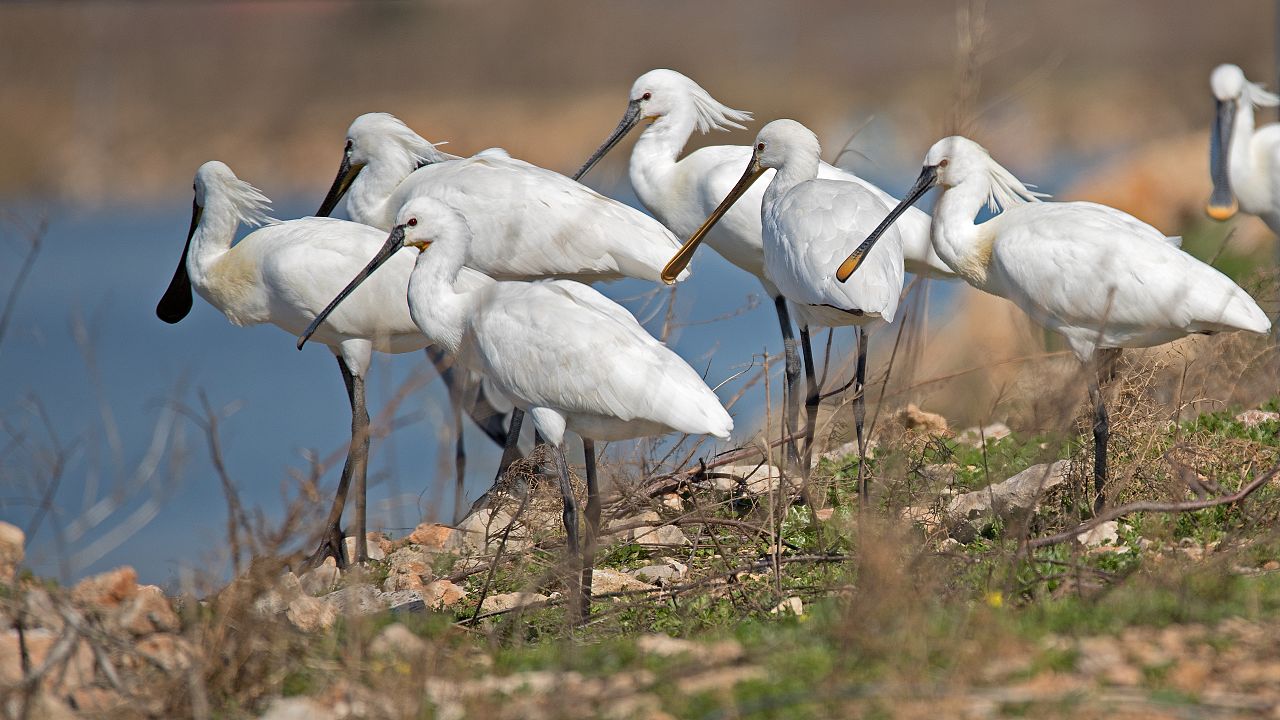
“It’s by resorting to old, unvalidated data, extrapolations beyond what’s acceptable, assumptions based on a very limited number of species and erroneous applications of models that the impacts of Montijo Airport’s operation on the affected areas and number of birds have been assessed,” adds the scientist, in a declaration submitted during the public consultation.
For example, he refers to “the use of data on the distribution and abundance of shorebirds in the intertidal zone (excellent feeding areas for these species) which were collected in 2002 and 2003 (during the period from December to March).” This information is over 15 years old and there was no attempt to validate it, he criticises, pointing out that “these data are out-of-date” and that the dynamics of the estuary are now different. Furthermore, there are species that use the estuary during the breeding period, after the months of spring.
“It’s therefore impossible to determine if the data considered, in terms of the estimates of the areas used and the numbers of birds affected in their feeding areas, are representative of the current situation and of the whole annual cycle,” he explains.
- “Erroneous” estimations of the areas affected by aircraft noise
Resorting to outdated data isn’t the only deficiency highlighted.
The biologist criticises the assumption made in the EIA that “the behaviour of birds responding to noise from a jet plane will be identical to behaviour caused by an air horn sounded for three seconds – which produces a short, almost instantaneous noise at the same level of decibels.”
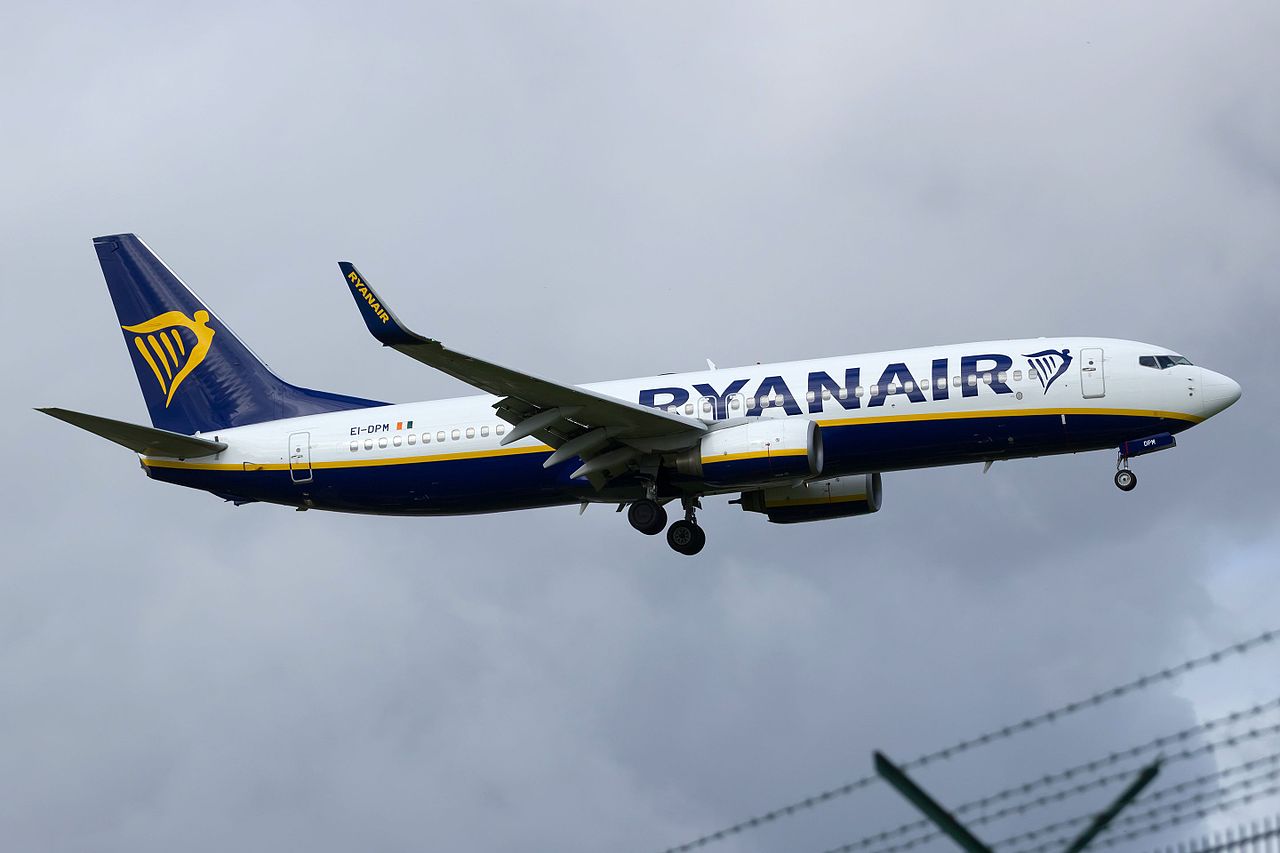
On the other hand, the same study “estimates these areas [where birds would be disturbed by noise] incorrectly, by considering 60 decibels as ‘without disturbance’, when in the original study it was based on (and in spite of various limitations of that study), that level of noise caused disturbance in the birds they studied.”
Therefore, José Alves warns that the noise caused by aeroplanes, when it exceeds 60 decibels, will affect “all the species that feed in the intertidal area – that is, in the part of the estuary that is uncovered at low tide – as well as in the rice fields, and those species that use high-tide roosts.”
“The area affected will therefore be much greater than that indicated in the EIA, and if it isn’t determined with some accuracy it is impossible to know the area where compensation or mitigation measures should be applied,” he explains.
[divider type=”thick”]Learn more
Check out the data collected about the bird species that occur in Portugal’s largest estuary, released publicly under the ambit of The Critical Site Network.

